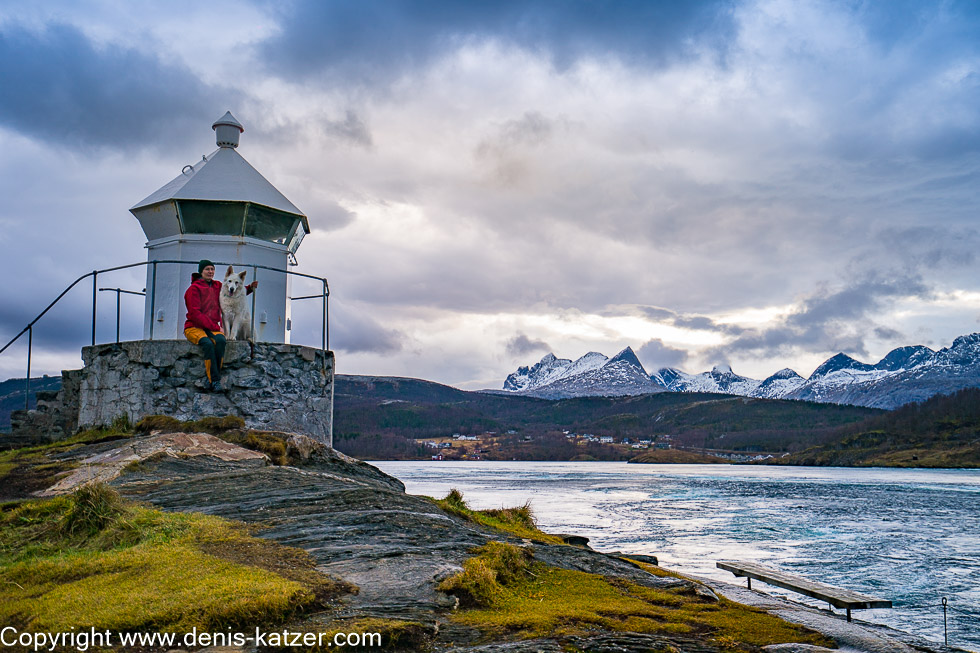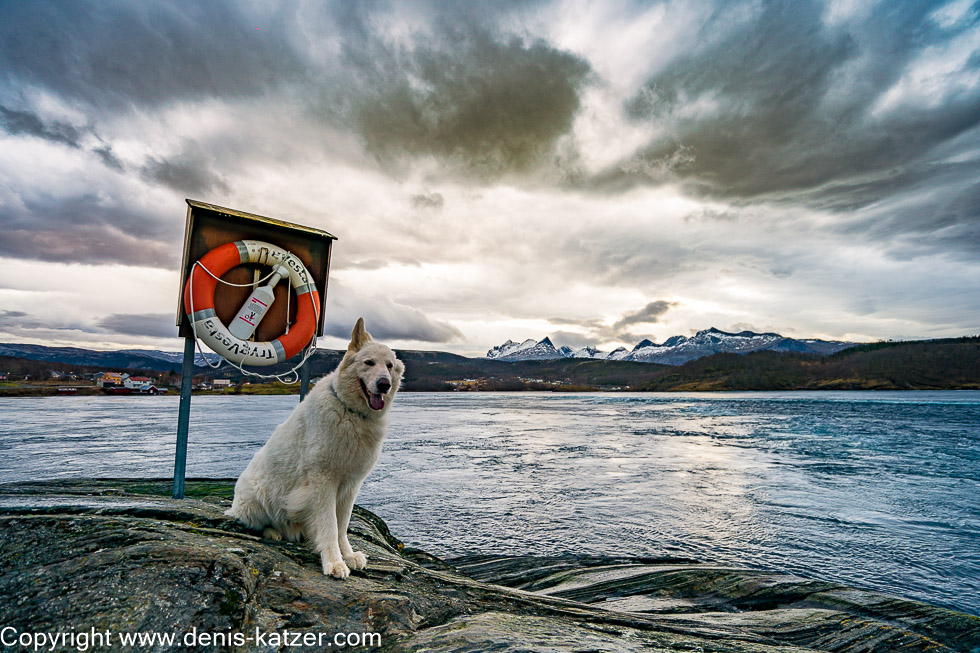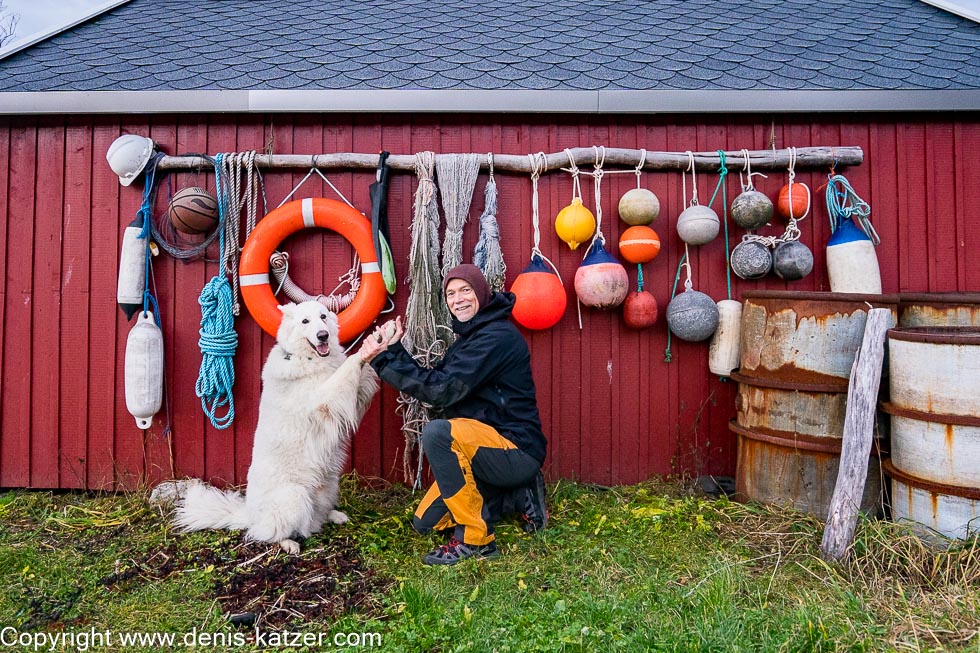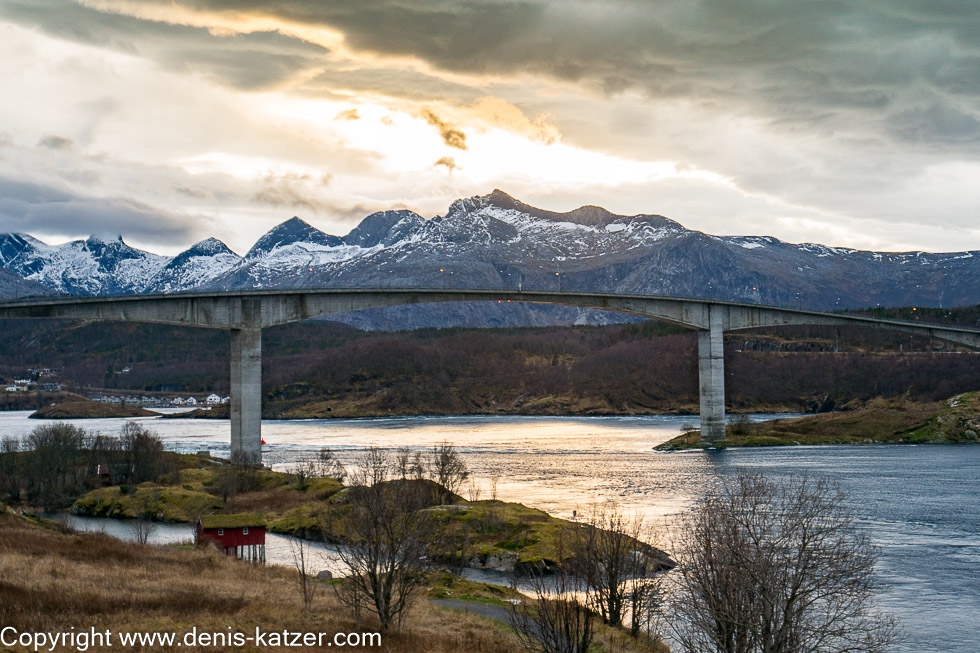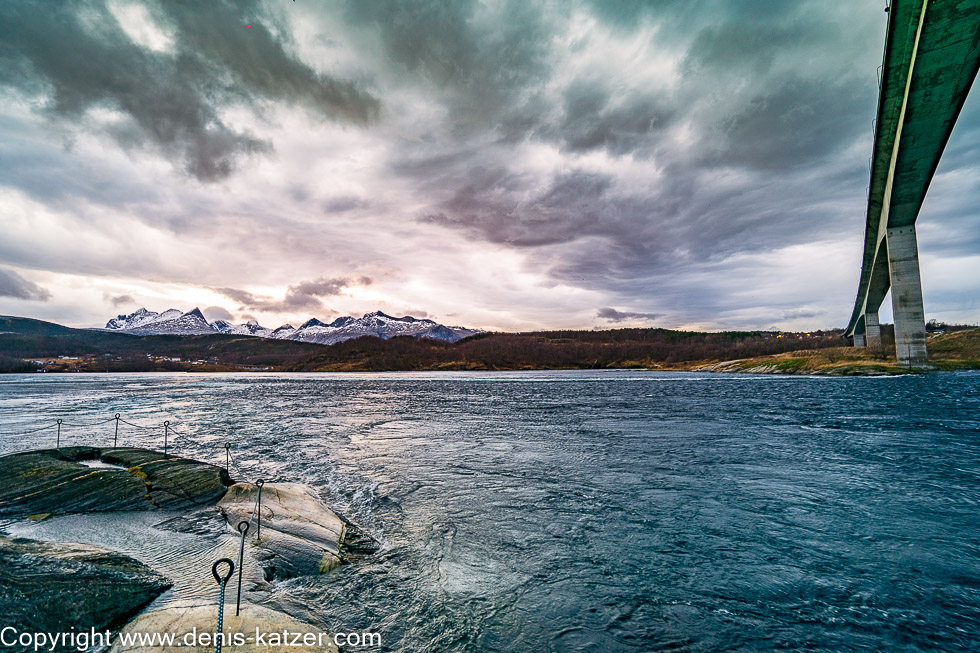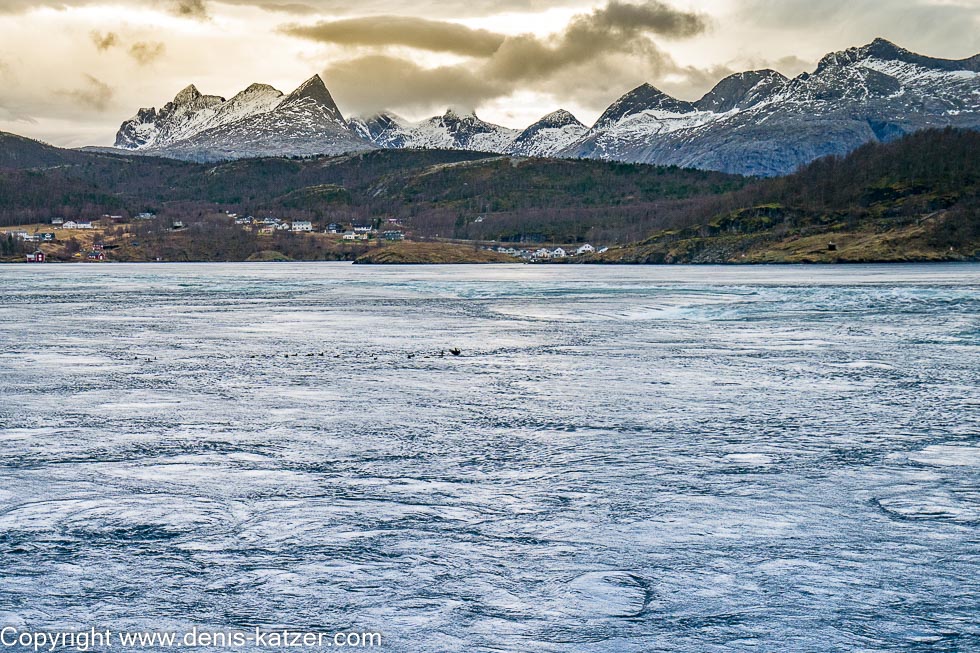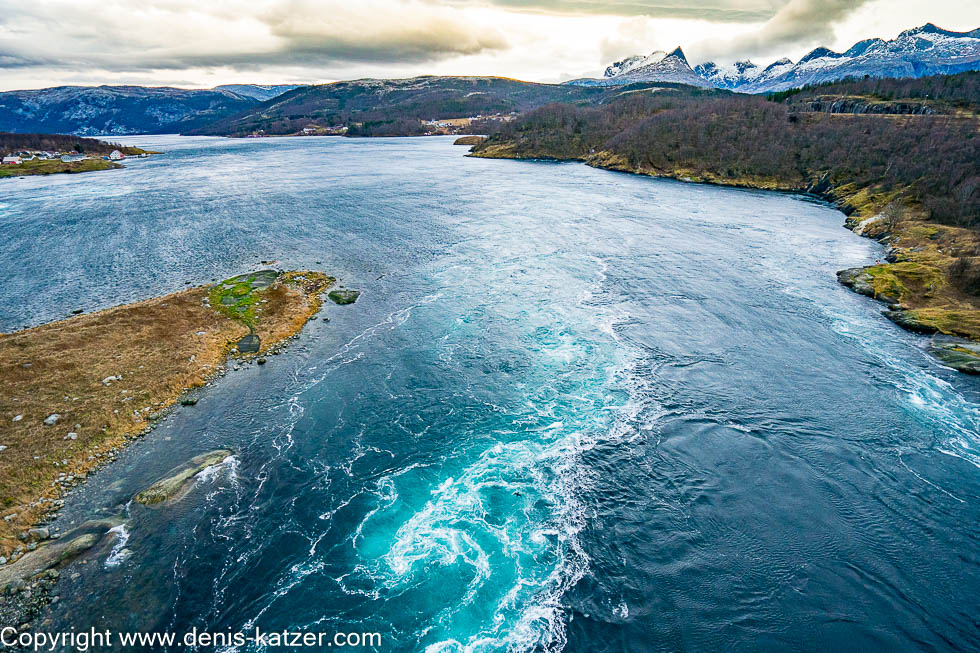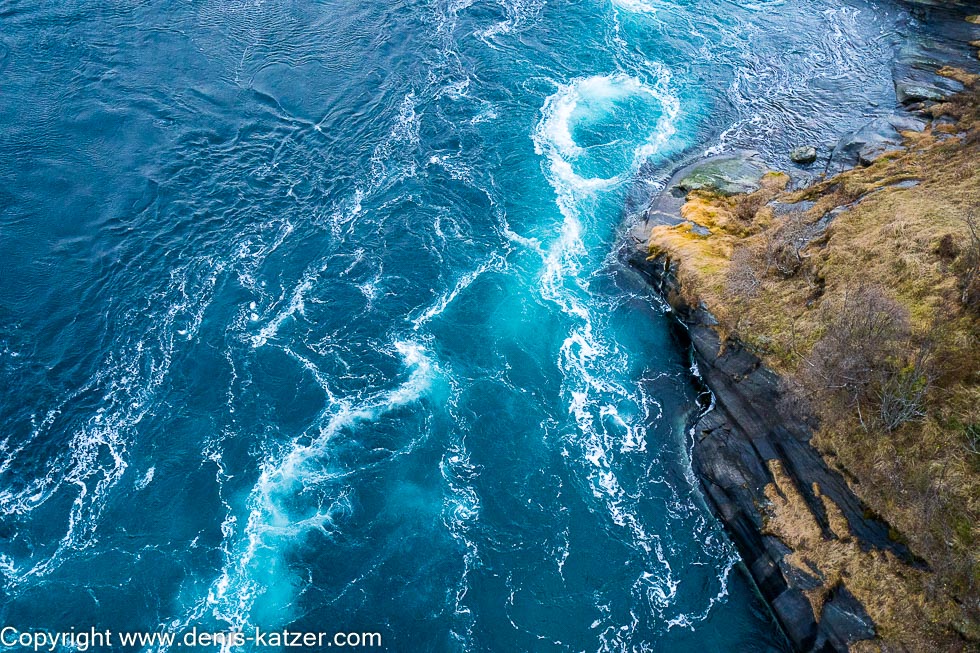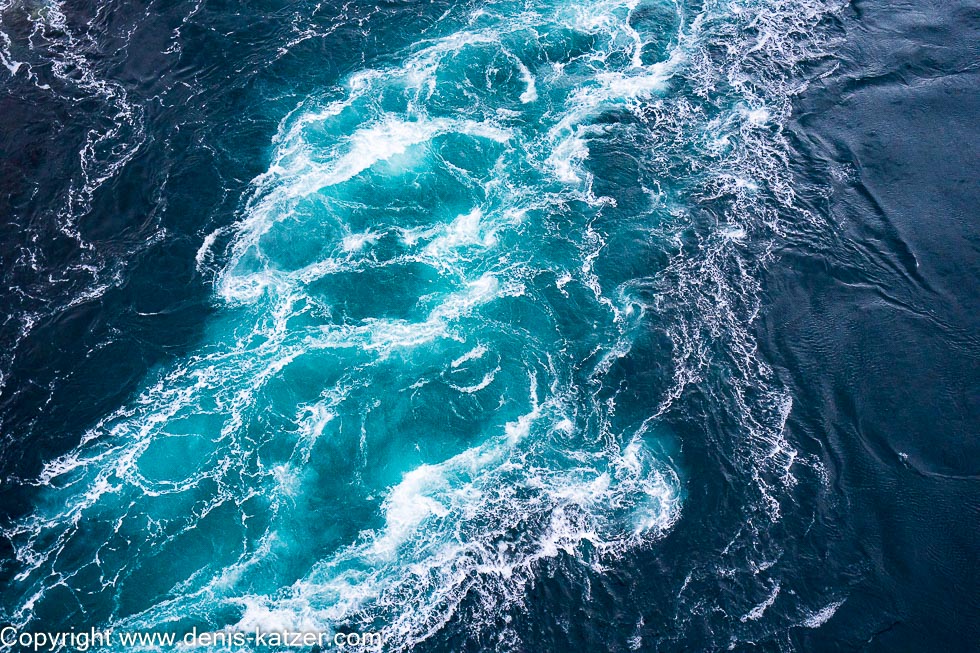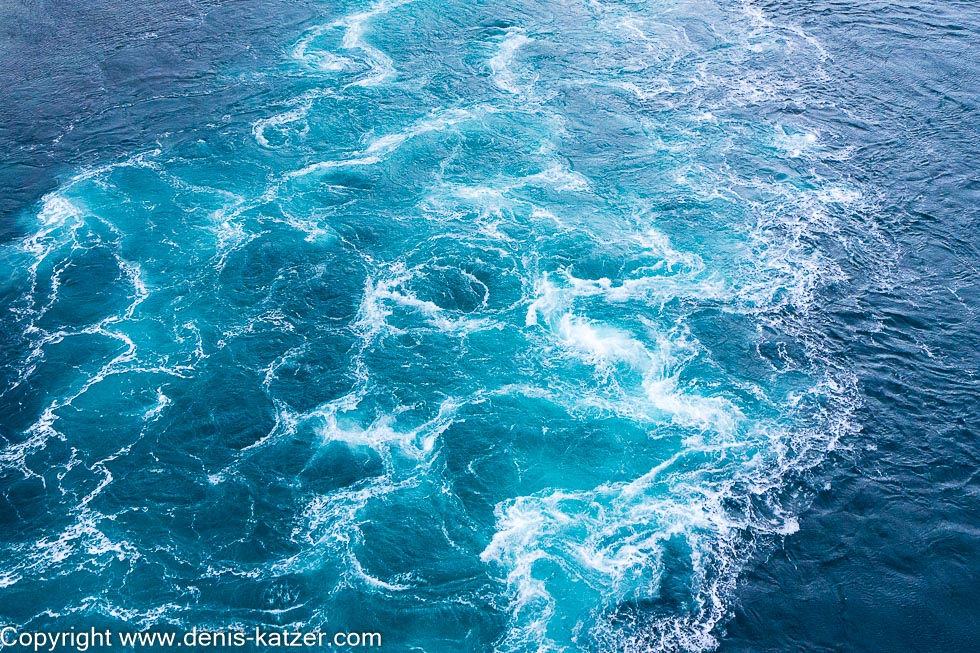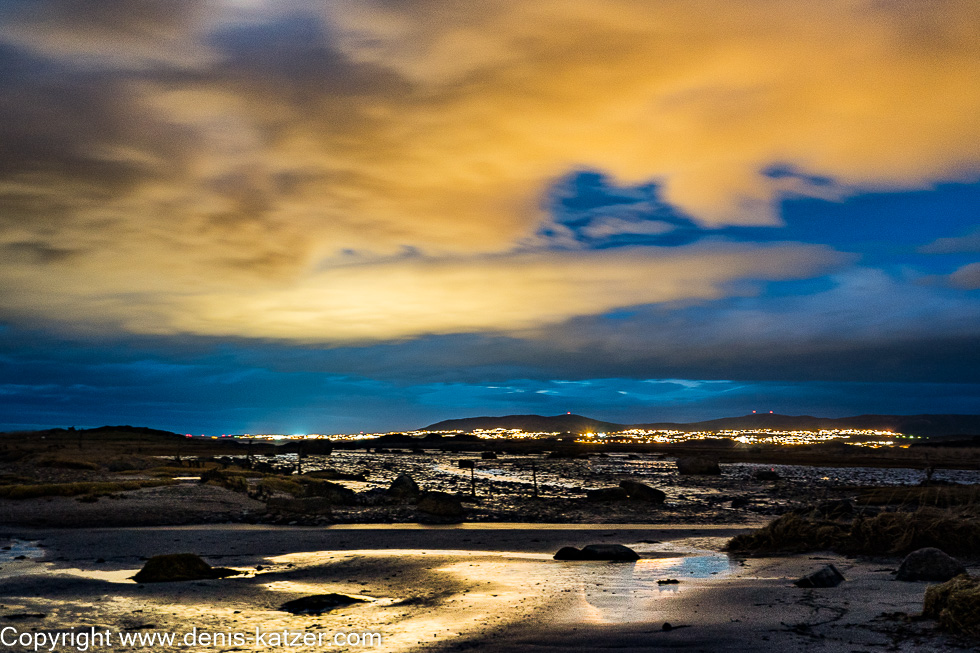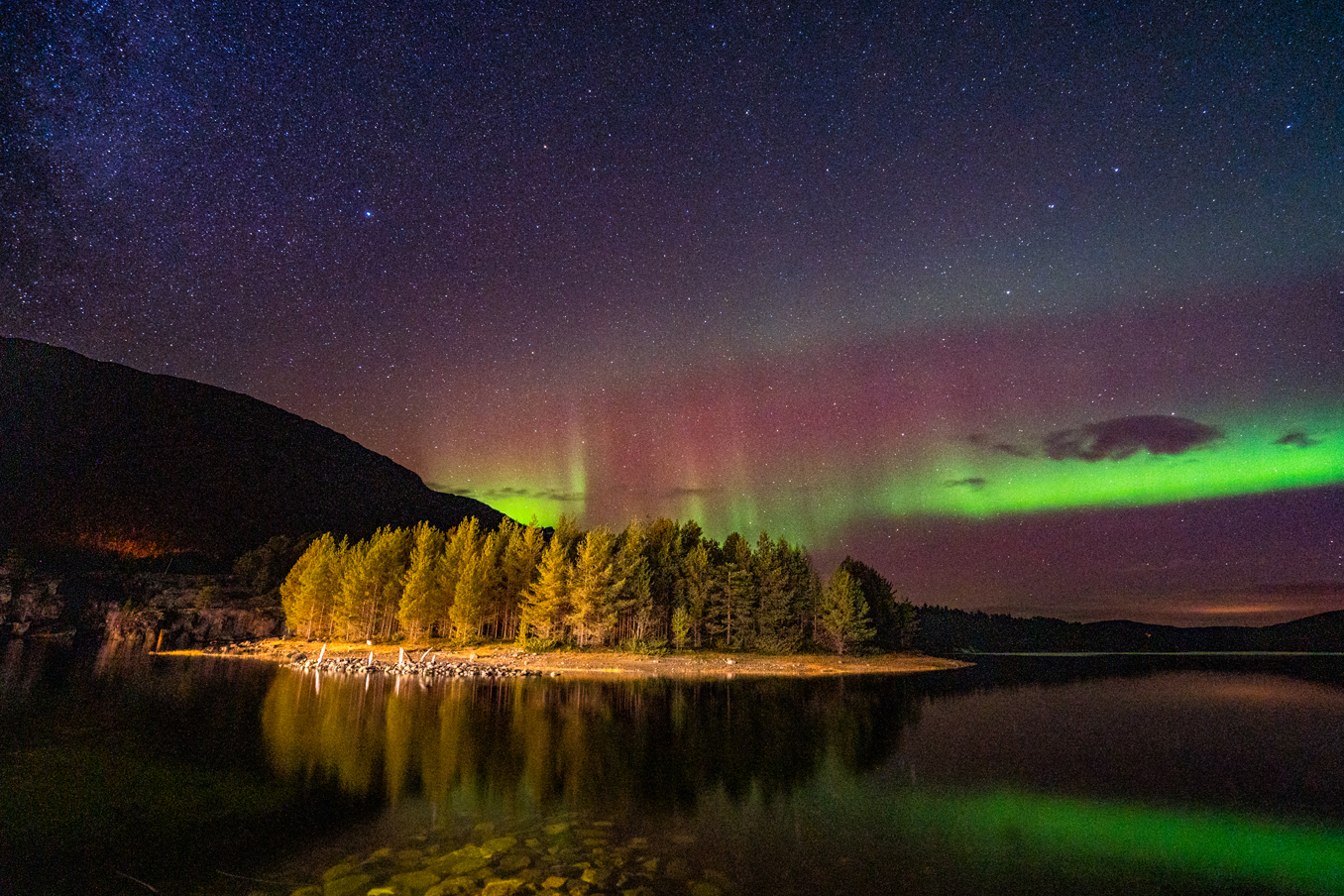
On the largest tidal stream in the world
N 67°15'55.9" E 14°43'19.1"
Date:
16.11.2020
Day: 106Country:
Norway
Location:
Saltfjorden
Daily kilometers:
22 km
Total kilometers:
8056 km
Soil condition:
Asphalt
Sunrise:
09:03 am
Sunset:
2:28 pm
Temperature day max:
11°
Night temperature min:
7°
Wind
40 km/h
Time of departure:
11:30 a.m.
Arrival time:
10:00
(Photos of the diary entry can be found at the end of the text).
Click here for the podcasts!
Link to the current itinerary
(For more posts click on one of the flags in the map
Just 9 kilometers southwest of our camp, we park the Terra in the deserted parking lot of Saltstraumen. Since we saw a tidal current briefly from a bridge in Lofoten almost two months ago and heard about this place here, we are curious to see what awaits us. We take Ajaci on a leash and follow the footpath down to the world’s strongest tidal stream.
“Wow,” we marvel as the water shoots along the shore at an incredible speed. “It looks like a river,” says Tanja. “You might think so. In reality, it is a 150-metre narrow and 2.5-kilometre-long strait through which around 400 million cubic meters of water thunder back and forth from Saltfjord at sea and Skjerstadfjord inland within six hours, alternating between high and low tide. It reaches a remarkable flow speed of 40 km/h,” I explain. “Just make sure Ajaci doesn’t jump in,” warns Tanja, because our dog loves to go swimming. “That would be his certain death,” I reply, looking at the mighty, gurgling whirlpools that reach a diameter of ten meters and spin ominously fast. “Well, whoever gets in there dies,” Tanja says dryly. “A whirlpool like that will pull even a small rowing boat or motorboat down. I’m sure of it. From what I’ve read, they reach a depth of more than four meters. Huge, simply huge.” “What a great natural spectacle. It’s a good thing we came here. I’ve never seen anything like it,” says Tanja as we walk along the shore of the strait, our eyes transfixed by the rushing, spinning whirlpools. As we explore, we come across a lone angler casting his line into the passing water. “Will he catch anything?” wonders Tanja. “Definitely. These banks are popular with anglers from all over the world. The water here is said to be particularly rich in nutrients and attract many fish. I read on one of the information boards that a pollack weighing 22.7 kilograms was caught here. With this weight, it was the largest and heaviest pollack in the world.”
A few hundred meters further on, we walk under the equally impressive Saltstraumen Bridge. It spans the torrential waters at a height of around 40 meters to carry people safely from one bank to the other. “I wonder how the inhabitants of the region got from one bank to the other before the bridge was built,” Tanja ponders. “Hm, I think they had to keep going along the strait until it widened. The further, the less pressure, and therefore the lower the flow speed. Then they could easily change sides with a rowing boat. I think, however, that they were waiting for the tide to turn, i.e. the moment when the high and low tide peaked. That’s the moment when the tide stops and you can cross the strait safely,” I reply.
We sit down on the steps of a small beacon house, take a few pictures and look up at the mountains that stretch their snow-covered peaks into the evening sky, even though it is only 2 p.m. At around six degrees above zero, fierce gusts of wind sweep across the water and make us shiver despite our good clothing. “What are we going to do with the day we’ve started?” Tanja breaks our amicable silence. “There’s not much point in continuing today. In half an hour at the latest, it will be dark and we won’t be able to see any more of the breathtakingly beautiful landscape,” I muse. “And, besides, it’s not safe to be out at night on the narrow, constantly winding mountain roads,” Tanja continues my thoughts aloud. “So we’re staying.” “Okay, good idea. Shall we go back to the nice place we left this morning?” “Yes, we will,” I reply in a great mood because I really liked it there. Before we make our way back, we cross the Saltstraumen Bridge with the Terra, as a local told us that there is a supermarket on the other side of the river. There we stock up on fresh food and buy a six-pack of Danish beer.
Once we are back at our pitch, it is already 5 pm. The sun set 2 ½ hours ago. Nevertheless, the bright streak of light that we observed yesterday appears again in the firmament. The wind blows a band of clouds from west to east. When it comes into the light, it changes its black-blue color to a silky gold. Again we stand there and try to fathom the mystery. “I think the light comes from the brightly lit town of Bodo on the opposite side of the bay. It’s beamed upwards, reflected by the clouds and thrown back down to earth,” I think aloud. “That would be an obvious explanation,” answers Tanja.

